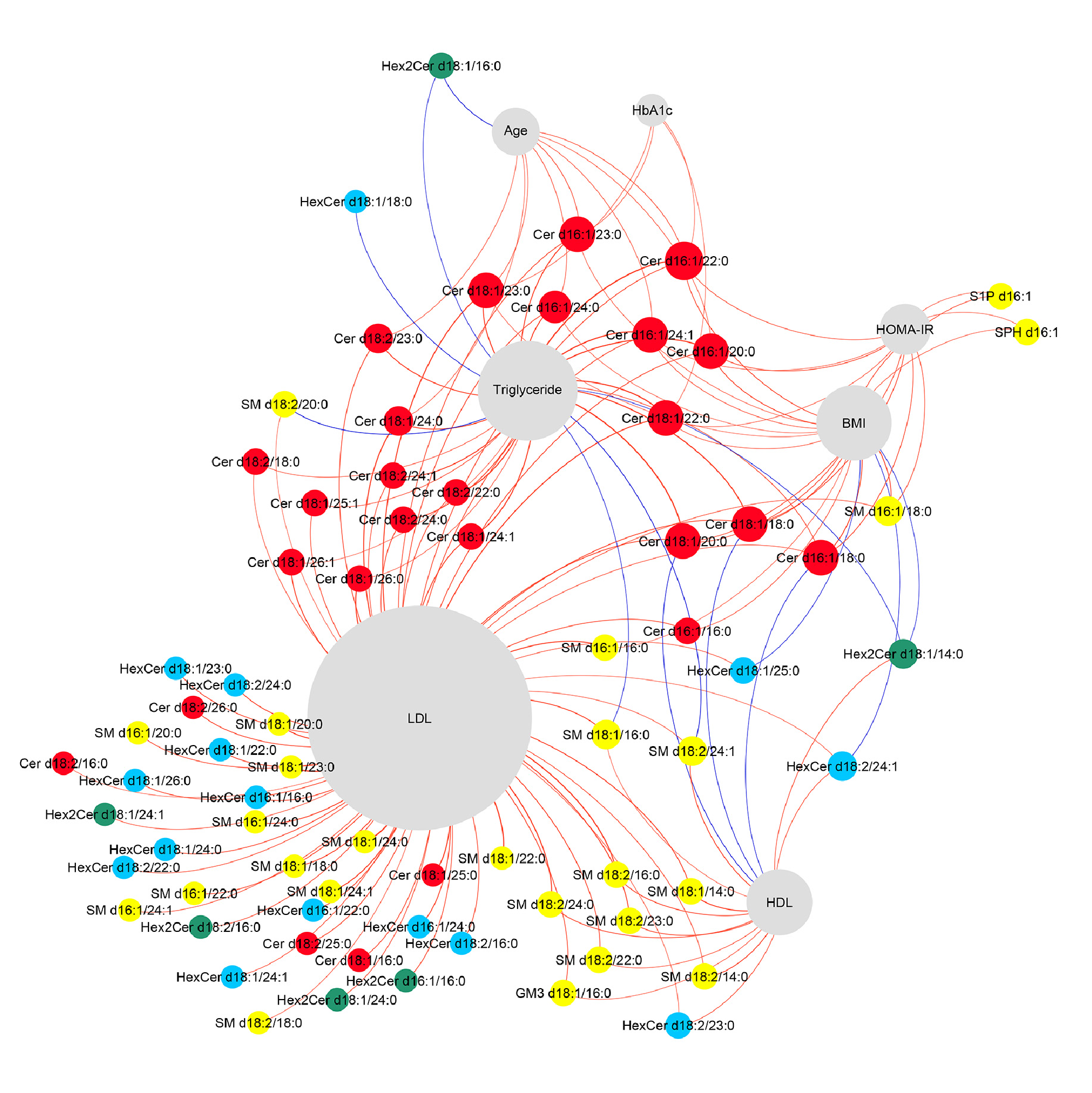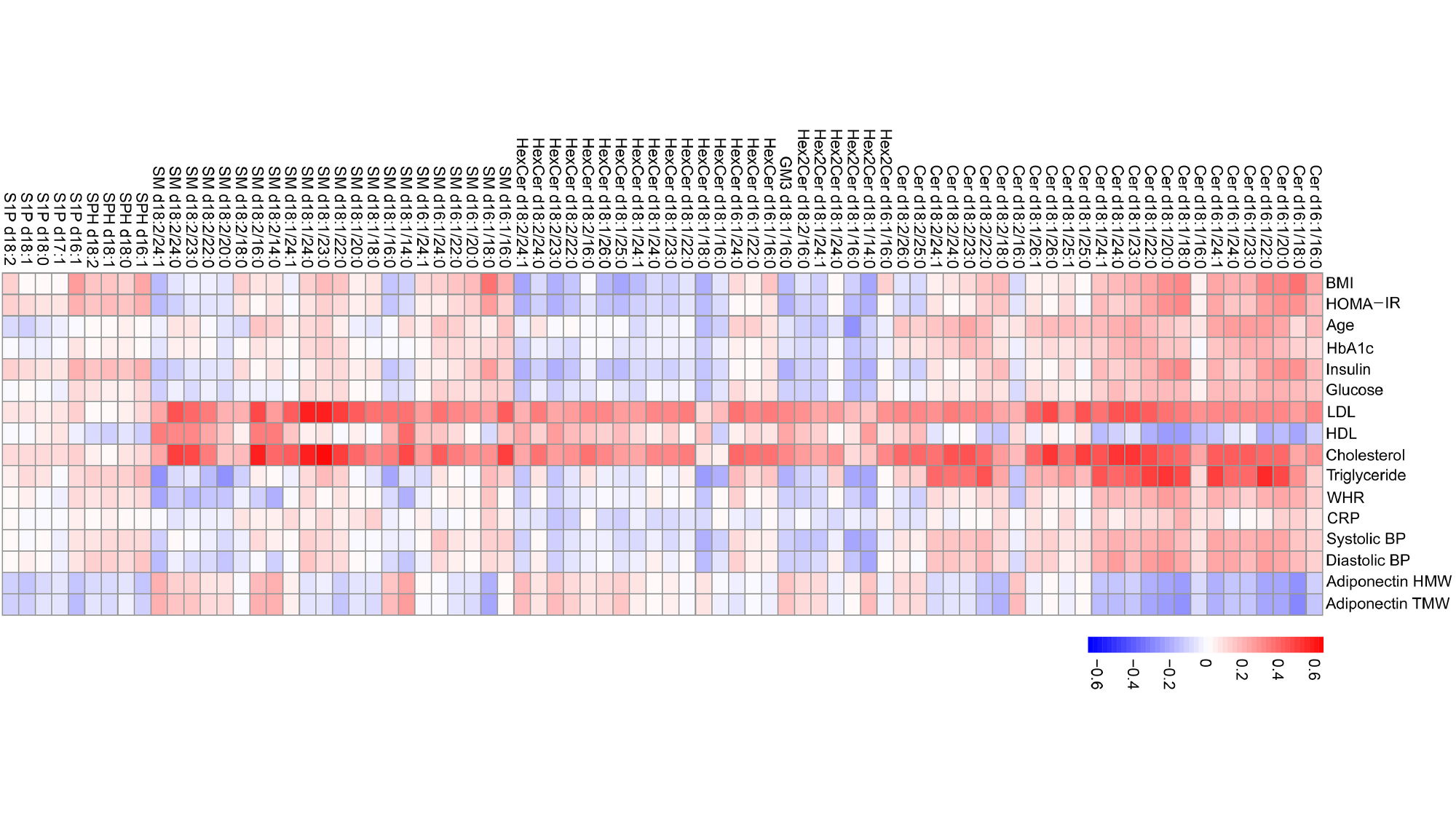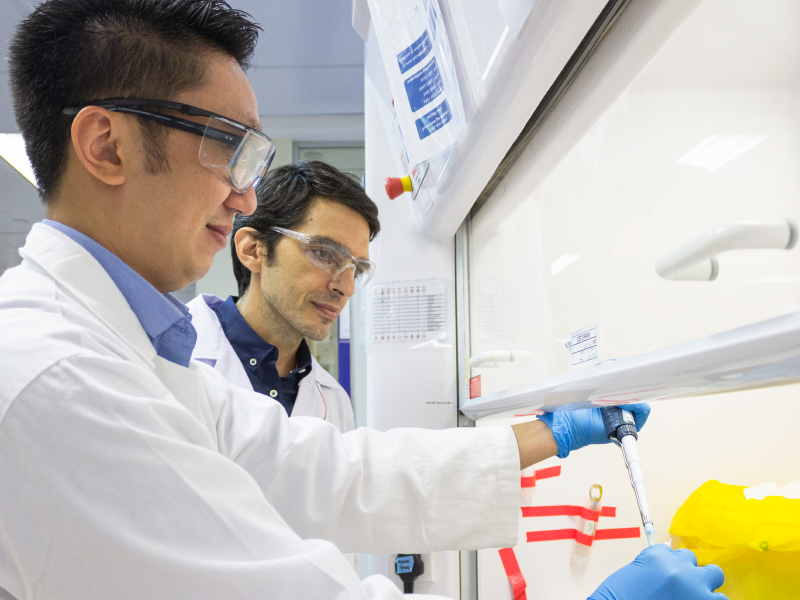Predicting and Treating Type 2 Diabetes
By Dr Deron R. Herr,
Assistant Professor, Department of Pharmacology
The “war on diabetes” was first declared by the government in 2016 amid concerns of a steadily increasing prevalence of diabetes and the rising cost of burden from this disease in Singapore. According to the Ministry of Health, around 440,000 Singaporeans had diabetes in 2014. This number is projected to increase to 1 million in 2050 by the NUS Saw Swee Hock School of Public Health. Understanding of the pathogenesis of type 2 diabetes has vastly improved over the past several decades with continuous advancement in research and metabolomics techniques. Nonetheless, questions remain regarding the specific molecular events leading to the onset of type 2 diabetes.
To this end, a research team at NUS has identified two molecules that become elevated in the blood of individuals in a local population several years before they develop Type 2 diabetes. This large collaborative study involving physicians and scientists at NUH and NUS was designed to look for new diabetes risk factors that would aid the development of novel predictive tests or new ways to prevent or treat diabetes. Supported by the Aspiration Fund Research Grants Partner and the National Research Foundation Investigatorship Grant, the research team was jointly spearheaded by Dr Deron Raymond Herr, Professor Tai E Shyong, and Professor Markus R. Wenk. Dr Deron Raymond Herr is an Assistant Professor from the NUS Medicine Department of Pharmacology whose research interests focused on the metabolism and signal transduction of bioactive lipids. Professor Tai E Shyong is a Senior Consultant in the NUH Division of Endocrinology and a highly accomplished Clinician Scientist in the field of obesity and diabetes. Professor Markus R. Wenk is the Head of the NUS Medicine Department of Biochemistry as well as the leading lipidomics expert in Singapore.
Other members of the multi-disciplinary team include Dr Chew Wee Siong, Dr Federico Torta, Ms Ji Shanshan, Associate Professor Choi Hyungwon, Dr Husna Begum, Dr Sim Xueling, Dr Khoo Chin Meng, Dr Eric Khoo Yin Hao, Professor Ong Wei Yi, and Associate Professor Rob M Van Dam. Dr Chew and Dr Torta were the key personnel driving the lipidomics experiments and the lead authors of the study which was published in JCI Insight. Ms Ji and Associate Professor Choi were involved in the statistical analysis of the data while Dr Sim and Associate Professor Van Dam provided the essential clinical and diabetes data for the study. Dr Begum, Dr Khoo, Dr Eric Khoo, and Professor Ong contributed valuable advice and expertise on the discussion of the study results.

Figure 1: Force-directed graph depicting the relationships among specific lipid molecules (coloured circles) and characteristics of obesity/ diabetes (gray circles). Shorter distances indicate stronger relationships.
This study, which was carried out to identify associations between specific lipid molecules and parameters of obesity and diabetes, is one of the largest population-based lipidomic study in an East Asian population to date. According to Dr Herr, “There are notable differences in the risk factors and the epidemiology of diabetes between the Asian population and those of European ancestry. Thus, it is imperative that diabetes research is also carried out on the Singaporean population to provide useful and relevant insights into the pathophysiology of diabetes in the local context.” Participants were recruited between 2004 and 2007 as part of two large population-based studies which are the Singapore Prospective Study Program (SP2) and the Singapore Cardiovascular Cohort Study (SCCS2). Because of the known variations in lipid profiles among the different ethnic groups within Singapore, non- Chinese participants were excluded from this study to facilitate the interpretation of the results.

Figure 2: Heat map depicting the correlations between lipids and clinical characteristics of obesity/ diabetes. Red indicates positive correlations while blue indicates negative correlations. Colour intensity indicates the strength of the relationship.
Blood samples were analyzed from 2,302 Chinese Singaporeans, then participants were followed for the next 11 years to identify those that subsequently became diabetic. Measurement of the blood lipid profile was carried out with the support and technical expertise of the Singapore Lipidomics Incubator (SLING). Under the leadership of Professor Wenk, SLING has become the leading regional lipidomics research facility centered in Singapore and is a key partner of the NUS Medical Science Cluster (MSC) initiative. Utilizing cutting edge mass spectrometry-based lipidomic analysis, the team selected a panel of 80 lipid molecules and the lipid profile of each participant was paired with its matching clinical data. Of the 80 molecules that were examined, two molecules were 40% more likely to be elevated in those that later became diabetic. These molecules, known as d16:1/18:0 sphingomyelin and d18:1/18:0 sphingomyelin, are lipids that were not previously known to have a specific predictive function.
“There are notable differences in the risk factors and the epidemiology of diabetes between the Asian population and those of European ancestry. Thus, it is imperative that diabetes research is also carried out on the Singaporean population to provide useful and relevant insights into the pathophysiology of diabetes in the local context.” — Dr Deron R. Herr, Assistant Professor, Department of Pharmacology
In addition, several uncommon types of lipid structures, such as shorter fatty acid chain length, were found to be associated with obesity and diabetes. These structural changes suggest that lipid metabolism is altered in obese individuals, and that this altered metabolism may contribute to the development of diabetes. “There are two exciting implication based on our findings,” said Dr Deron Raymond Herr. “The first implication is that measuring the level of these two sphingomyelin molecules may help to improve prediction of diabetes risk and secondly, understanding the metabolic changes in obese individuals could result in new treatments that can prevent or treat diabetes,” explained Dr Herr. Continued research efforts are underway to investigate the translation of these initial findings into improved quality of life for at-risk Singaporeans.

Dr. Chew Wee Siong (front) and Dr. Federico Torta (back), preparing samples for mass spectrometry analysis.
